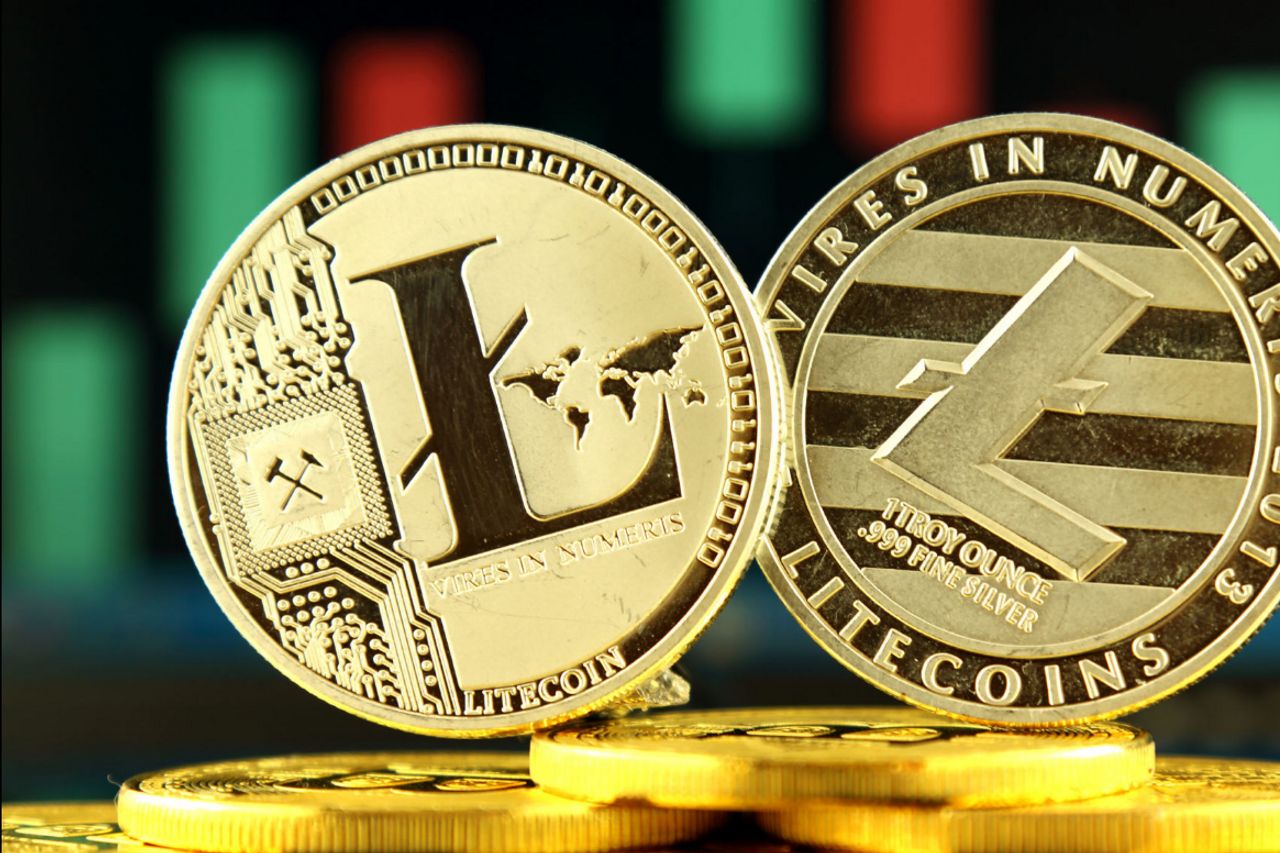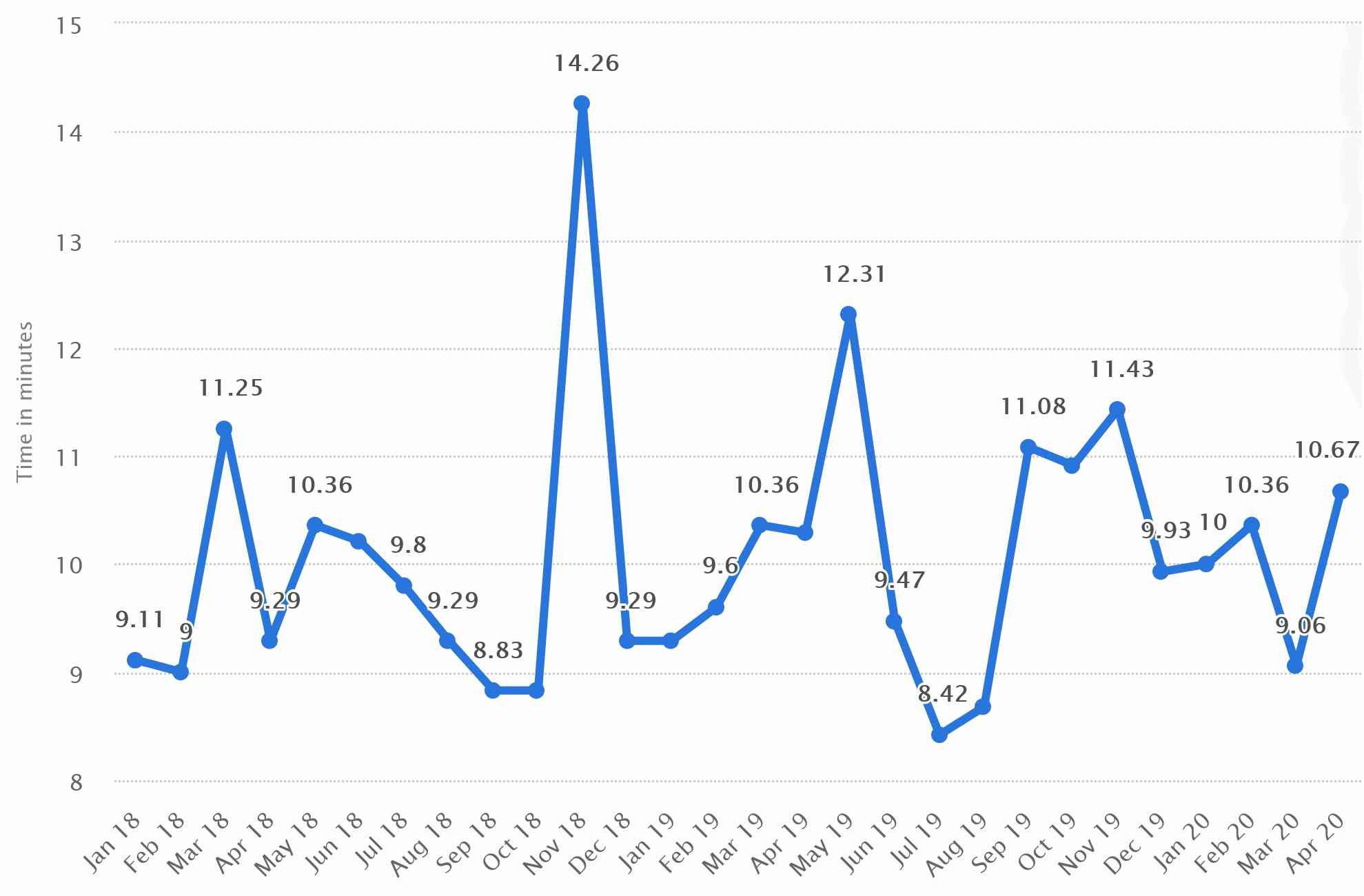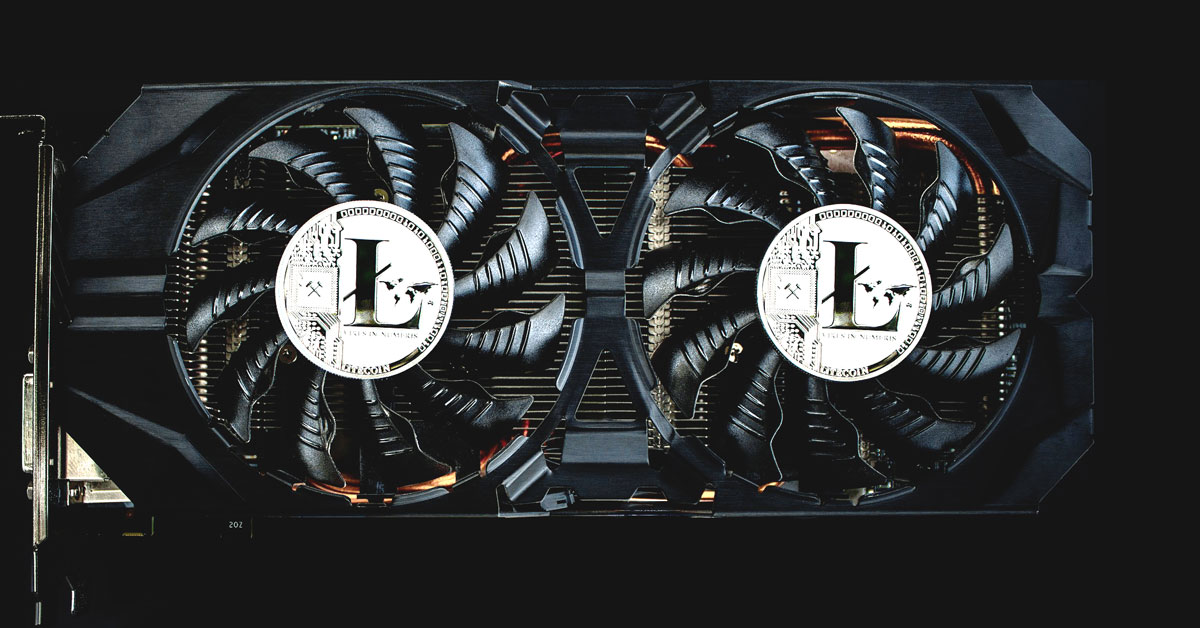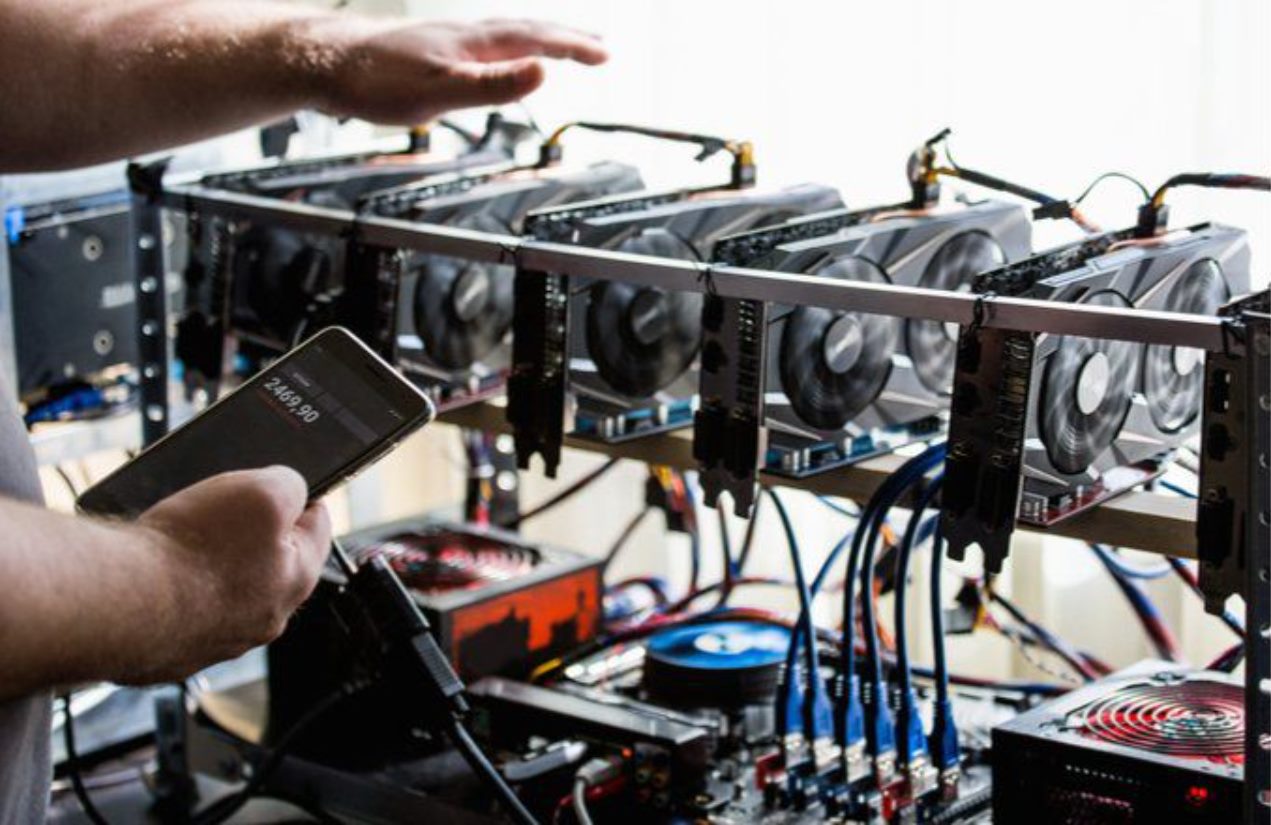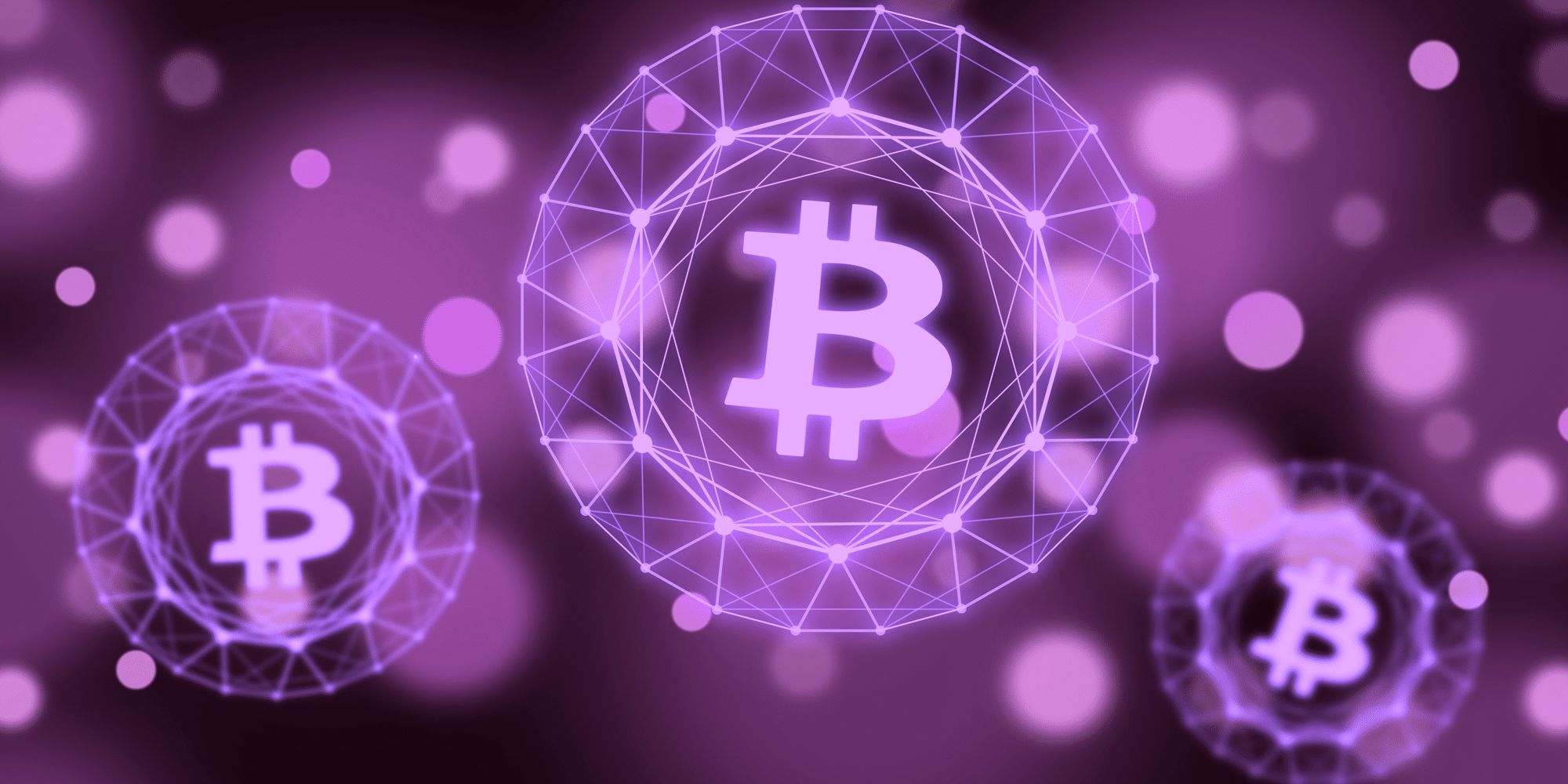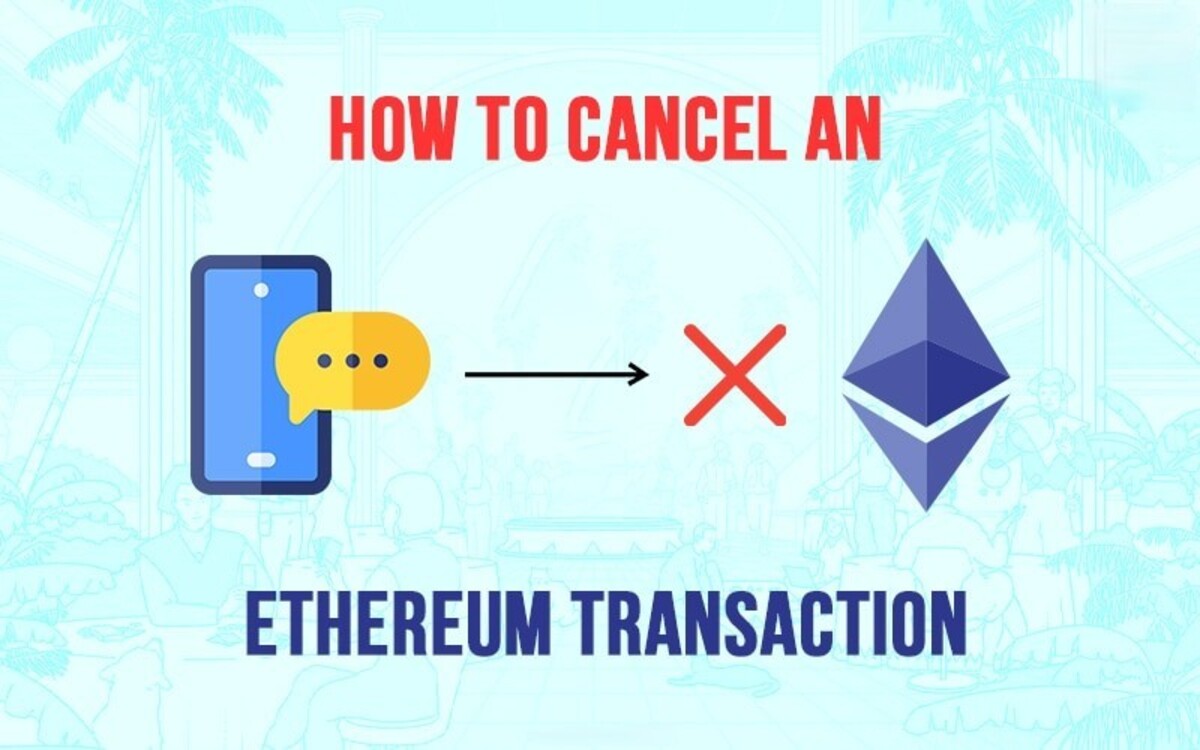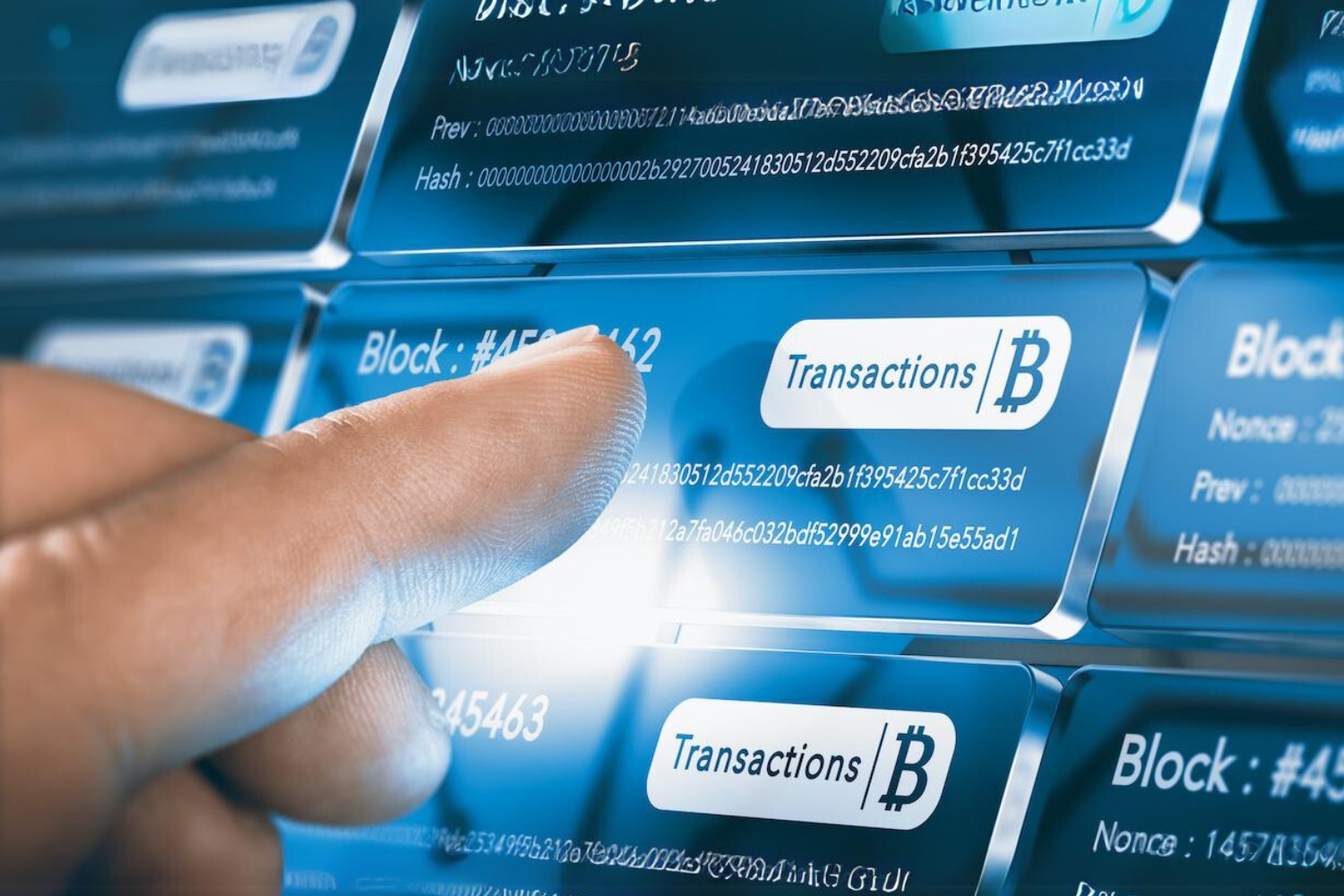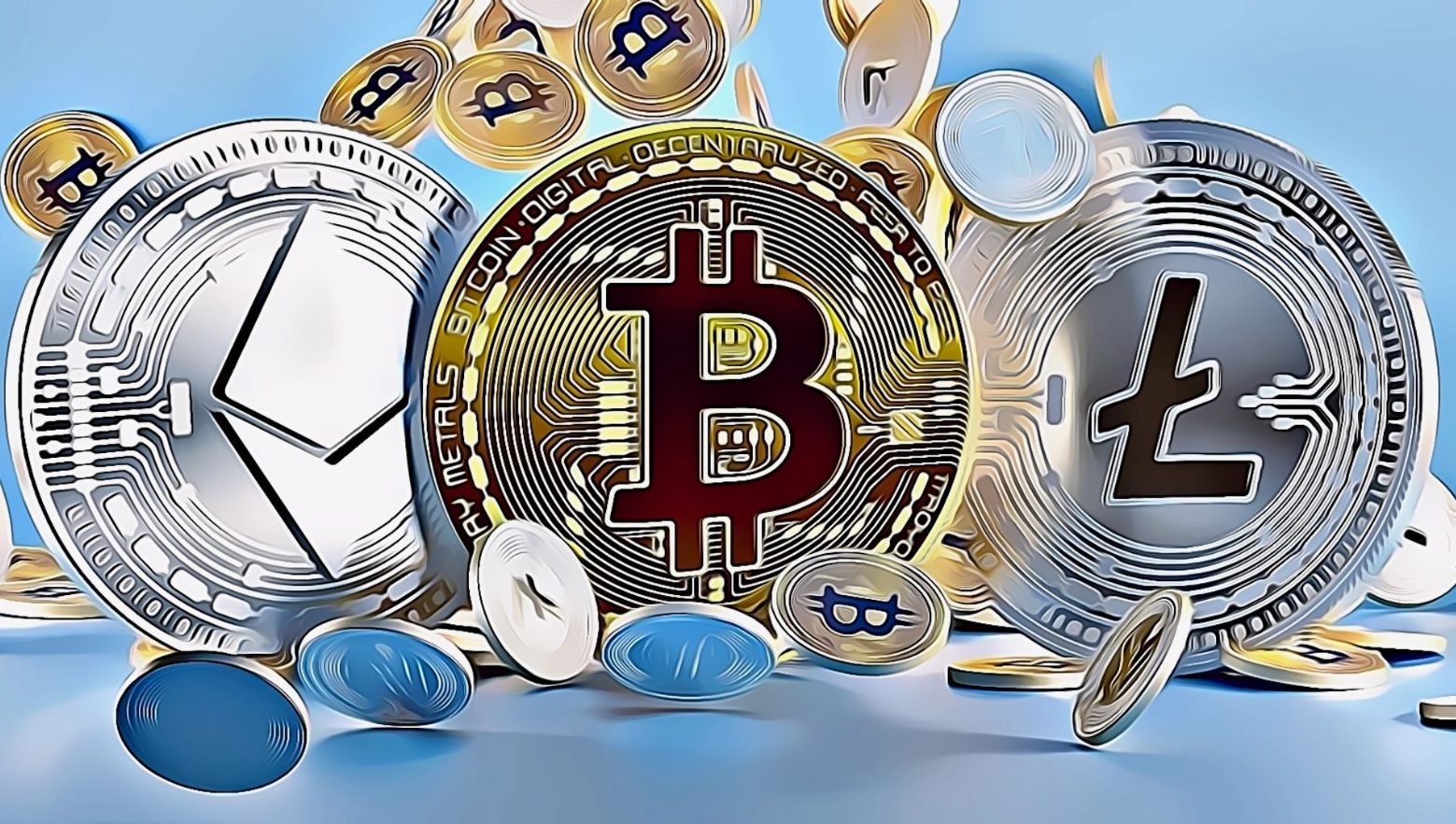Introduction
Welcome to the world of cryptocurrencies, where transactions are decentralized, fast, and secure. One popular cryptocurrency is Litecoin, known for its speedy transaction confirmations and low transaction fees. However, many users may wonder, “How long can a transaction be unconfirmed on Litecoin?”
Before diving into the details, let’s first understand what a confirmed transaction means in the context of Litecoin. A confirmed transaction refers to a transaction that has been included in a block on the Litecoin blockchain. It signifies that the transaction is valid, irreversible, and considered finalized.
Unlike traditional banking systems where a centralized authority verifies transactions, cryptocurrencies rely on a network of computers, known as nodes, to process and validate transactions. This decentralized nature offers numerous benefits, including faster transactions and increased security.
When you initiate a transaction through your Litecoin wallet, it is broadcasted to the Litecoin network and awaits confirmation. The time it takes for a transaction to get confirmed depends on various factors, including network congestion, transaction fees, and the priority attached to the transaction.
Throughout this article, we will explore the factors that influence transaction confirmation time on Litecoin and provide tips for faster confirmations. By the end, you’ll have a better understanding of how long a transaction can stay unconfirmed and how to navigate potential delays in the Litecoin network.
What is a confirmed transaction?
A confirmed transaction in the context of Litecoin refers to a transaction that has been successfully included in a block on the Litecoin blockchain. Once a transaction is confirmed, it is considered valid, irreversible, and permanently recorded on the blockchain.
To understand the concept of a confirmed transaction, let’s take a closer look at how transactions are processed in the Litecoin network. When you initiate a transaction, it is broadcasted to the network and picked up by various nodes, which act as validators. These nodes validate the transaction by checking its integrity, ensuring that you have sufficient funds, and verifying the digital signatures.
Once the transaction is validated, it goes into the mempool—a temporary holding area for pending transactions. Miners, who are responsible for maintaining the blockchain, continuously select transactions from the mempool and include them in a new block. These miners compete to solve a complex mathematical puzzle, and the first one to solve it gets to add the new block to the blockchain.
When a block is added to the blockchain, all the transactions within that block are considered confirmed. The number of confirmations a transaction has is determined by the number of blocks that have been added to the blockchain after the block containing the transaction. For example, if a transaction has three confirmations, it means the transaction has been included in three subsequent blocks.
Confirmations provide a level of assurance and security. The more confirmations a transaction has, the more difficult it is to reverse or manipulate. In most cases, a transaction with a few confirmations is considered secure, but for larger transactions, it is advisable to wait for more confirmations to reduce the risk of double-spending or chain reorganizations.
Confirmation time is an essential consideration for users, especially those involved in time-sensitive transactions. The time it takes for a transaction to be confirmed on the Litecoin blockchain can vary based on several factors, which we will explore in the following sections.
How long can a transaction be unconfirmed on Litecoin?
The time it takes for a transaction to be confirmed on the Litecoin network can vary depending on several factors. On average, Litecoin transactions are typically confirmed within a few minutes. However, network congestion and other factors can cause delays, resulting in longer confirmation times.
In general, a transaction can remain unconfirmed for a few minutes up to several hours. In rare cases, when the network is under heavy load, it can take even longer for a transaction to be confirmed.
It’s important to note that the Litecoin network aims to process transactions quickly and efficiently. The design of Litecoin, with its shorter block generation time compared to Bitcoin, allows for faster confirmation times.
However, the exact time it takes for a transaction to be confirmed depends on various factors:
- Network congestion: During periods of high transaction volume, the Litecoin network can become congested, causing delays in transaction confirmations. When many users are actively transacting on the network, miners prioritize transactions with higher transaction fees, potentially leaving transactions with lower fees waiting in the mempool.
- Transaction fees: The transaction fee you attach to your Litecoin transaction can impact its priority in the mempool. Miners are incentivized to include transactions with higher fees, as they receive these fees as rewards. Therefore, attaching a sufficient transaction fee can increase the chances of your transaction being included in the next block.
- Block size: The size of the blocks on the Litecoin blockchain can also have an impact on confirmation times. Larger blocks can accommodate more transactions, allowing for faster processing and confirmation.
- Wallet settings: Some wallets allow users to adjust the fee and priority settings for transactions. By selecting a higher fee or priority level, you can increase the likelihood of your transaction being confirmed quickly.
While the majority of Litecoin transactions are confirmed relatively quickly, it’s essential to keep these factors in mind. If you encounter a delay in transaction confirmation, it’s typically due to network congestion or a low transaction fee. Adjusting your fee settings or waiting for network conditions to improve can help speed up the confirmation process.
Additionally, it’s worth noting that the Litecoin network continues to evolve, and improvements are being made to optimize transaction processing times and scalability. As technology advances and the network grows, it is anticipated that transaction confirmation times will continue to improve.
Factors that affect transaction confirmation time
Several factors can influence the time it takes for a transaction to be confirmed on the Litecoin network. Understanding these factors can help you manage your expectations and make informed decisions when it comes to sending and receiving Litecoin.
Here are some key factors that affect transaction confirmation time:
- Network congestion: Network congestion occurs when there is a high volume of transactions being processed on the Litecoin network. During these times, miners have a limited amount of space available in each block to include transactions. As a result, transactions with higher fees tend to get prioritized, potentially causing delays for transactions with lower fees.
- Transaction fees: Transaction fees play a crucial role in determining the priority of a transaction. When you send a transaction on the Litecoin network, you have the option to attach a fee to incentivize miners to include your transaction in the next block. Higher fees increase the chances of faster confirmation, as miners are more likely to prioritize transactions with higher fees to maximize their earnings.
- Block size: The size of the blocks on the Litecoin blockchain can also impact transaction confirmation times. Each block has a maximum size limit, which determines the number of transactions that can be included. If a block is nearing its size limit, it may take longer for transactions to be confirmed as miners prioritize transactions based on their fee, size, and other factors.
- Priority level: Some wallets allow users to set a priority level for their transactions. This setting can affect the transaction’s position in the mempool and its chances of being included in the next block. Choosing a higher priority level can increase the likelihood of faster confirmation, but it may also result in a higher transaction fee.
- Litecoin’s block generation time: Litecoin has a faster block generation time compared to Bitcoin. The average block time for Litecoin is approximately 2.5 minutes, which means that new blocks are added to the blockchain more frequently. This shorter block time contributes to faster transaction confirmations on the Litecoin network.
It’s important to note that these factors are not mutually exclusive and can have a cumulative effect on transaction confirmation times. For example, a transaction with a higher fee, sent during a period of low network congestion, is likely to be confirmed quickly.
By being aware of these factors and adjusting your transaction settings accordingly, you can optimize your chances of faster transaction confirmations on the Litecoin network.
Network congestion and transaction fees
Network congestion and transaction fees are important aspects that directly impact transaction confirmation times on the Litecoin network. Understanding how these factors interact can help you navigate potential delays and ensure that your transactions are processed efficiently.
Network congestion occurs when there is a high volume of transactions being sent on the Litecoin network. During congested periods, miners have limited space available in each block to include transactions. As a result, they prioritize transactions based on factors like transaction fees, transaction size, and priority levels.
Transaction fees play a crucial role in determining the priority of a transaction. When you initiate a transaction on the Litecoin network, you have the option to attach a fee to incentivize miners to include your transaction in the next block. Higher fees increase the likelihood of faster confirmation, as miners are more likely to prioritize transactions with higher fees.
When the Litecoin network is congested, transactions with lower fees may experience delays in confirmation. Miners prioritize transactions with higher fees to maximize their earnings, leaving those with lower fees waiting in the mempool. This is why it’s important to consider the current network conditions and adjust your transaction fee accordingly to ensure faster confirmation.
Wallets usually offer fee estimation features that suggest an appropriate fee based on the current network congestion. Alternatively, you can manually adjust the fee to align with your desired confirmation time. It’s worth noting that setting a very high fee may result in faster confirmation but may not be cost-effective for smaller transactions.
During periods of network congestion, you may need to be patient and wait for the congestion to subside before your transaction gets confirmed. Alternatively, you can explore the option of accelerating your transaction by using services that specialize in expediting confirmations for a higher fee.
Transaction fees are not fixed and can vary depending on network conditions. Litecoin’s low transaction fees are one of its advantages over traditional banking systems and some other cryptocurrencies. However, during peak usage or periods of high demand, fees may increase temporarily due to increased competition among users for block space.
By carefully monitoring network congestion and adjusting your transaction fees accordingly, you can increase your chances of faster confirmation times on the Litecoin network. Being proactive and staying informed about the current network conditions can help you manage your expectations and ensure a smooth transaction experience.
What happens if a transaction remains unconfirmed?
When a transaction is initiated on the Litecoin network, it goes through a process of validation and confirmation to ensure its integrity and accuracy. However, there are instances when a transaction may remain unconfirmed for an extended period. So, what happens if a transaction remains unconfirmed?
When a transaction is unconfirmed, it means that it has not yet been included in a block on the Litecoin blockchain. It remains in the mempool—a temporary storage area for pending transactions—waiting for miners to select and include it in the next block.
If a transaction remains unconfirmed for an extended period, it can have several implications:
- Pending status: The transaction will continue to be in a pending state until it gets confirmed. While in this state, the recipient of the transaction will not receive the funds, and the sender’s account will still reflect the deducted amount.
- Delayed delivery: If the unconfirmed transaction involves a payment or goods and services exchange, the delivery or release of the payment may be delayed until the transaction is confirmed.
- Transaction reversal: In some cases, the sender may choose to abort the unconfirmed transaction before it gets included in a block. This can be done by issuing a double spend or replacing the transaction with a higher fee. However, this action can have consequences, such as potential loss of funds or reputational damage.
- Potential for double spending: As long as a transaction remains unconfirmed, there is a risk of double-spending. Double spending occurs when someone tries to spend the same output from a transaction more than once. Once a transaction is confirmed and included in the blockchain, the decentralized nature of the Litecoin network ensures that the transaction is secure and cannot be double-spent.
It is essential to note that most unconfirmed transactions eventually do get confirmed. The speed at which this occurs depends on factors such as network congestion, transaction fees, and block size limitations.
If you encounter a situation where a transaction remains unconfirmed for an extended period, it is recommended to exercise patience and monitor the network conditions. You can also consider adjusting the transaction fee or priority level to increase the chances of faster confirmation.
Understanding the implications of unconfirmed transactions can help you manage your expectations and take appropriate actions to ensure a smooth and timely transaction experience on the Litecoin network.
Tips for faster transaction confirmations
Waiting for a transaction to be confirmed can sometimes be a nerve-wracking experience. However, there are several strategies you can employ to help speed up the confirmation process on the Litecoin network. Here are some tips for faster transaction confirmations:
- Adjust transaction fees: One of the most effective ways to expedite a transaction’s confirmation is by increasing the transaction fee. By attaching a higher fee, you incentivize miners to prioritize your transaction and include it in the next block. Many wallets offer fee estimation features that can help you determine an appropriate fee level based on the current network conditions.
- Choose higher priority settings: If your wallet allows it, consider selecting a higher priority level for your transaction. This can increase its position in the mempool, making it more likely to be included in the next block.
- Utilize SegWit: Segregated Witness (SegWit) is a protocol upgrade that reduces the size of transactions on the Litecoin network. Transactions using SegWit occupy less space in each block, leaving more room for other transactions. Using a wallet that supports SegWit can help speed up confirmation times by reducing the transaction size.
- Monitor network congestion: Stay informed about the current state of the Litecoin network. If the network is experiencing high congestion, it may be beneficial to postpone non-essential transactions until the congestion subsides. Monitoring Litecoin-related forums, social media channels, or utilizing blockchain explorers can provide insights into network conditions.
- Consider Lightning Network: The Lightning Network is a Layer 2 scaling solution built on top of the Litecoin blockchain. It allows for faster and cheaper transactions by creating payment channels off-chain. Utilizing the Lightning Network can significantly reduce confirmation times for frequent, low-value transactions.
It’s important to note that while these tips can help increase the chances of faster transaction confirmations, they do not guarantee immediate results. The speed of confirmation also depends on network conditions and the actions of other participants on the network.
Finally, exercising caution when adjusting transaction fees is essential. While higher fees can incentivize miners, setting an excessively high fee may not be cost-effective for smaller transactions. Consider finding a balance between speed and cost when determining the appropriate fee for your transaction.
By implementing these strategies and staying informed about the Litecoin network’s status, you can maximize your chances of faster transaction confirmations and enjoy a smoother experience with your Litecoin transactions.
Conclusion
Understanding the factors that affect transaction confirmation times on the Litecoin network is crucial for anyone using or transacting with Litecoin. While Litecoin is known for its fast transaction confirmations and low fees, network congestion and transaction fees can sometimes cause delays.
We’ve explored how network congestion, transaction fees, block size, and wallet settings can impact transaction confirmation times. During periods of high network congestion, transactions with higher fees are prioritized by miners, potentially leaving transactions with lower fees waiting in the mempool. Adjusting transaction fees and choosing higher priority levels can help increase the chances of faster confirmation.
It’s important to note that unconfirmed transactions can pose certain risks and may cause delayed delivery or potential for double spending. However, most unconfirmed transactions eventually get included in blocks and confirmed on the blockchain.
To expedite transaction confirmations, we provided tips such as adjusting transaction fees, choosing higher priority settings, utilizing SegWit, monitoring network congestion, and considering the Lightning Network for frequent, low-value transactions.
By following these tips, staying informed about the current state of the Litecoin network, and adjusting your transaction strategies as needed, you can navigate potential delays and enjoy faster transaction confirmations on the Litecoin network.
Remember, the Litecoin network continues to evolve, with ongoing improvements aiming to enhance transaction processing times and scalability. As the network advances, it is expected that transaction confirmation times will continue to improve.
So, whether you’re a cryptocurrency enthusiast, a merchant, or a casual user of Litecoin, understanding the factors affecting transaction confirmations and implementing the suggested tips will help you make the most out of your Litecoin transactions.







